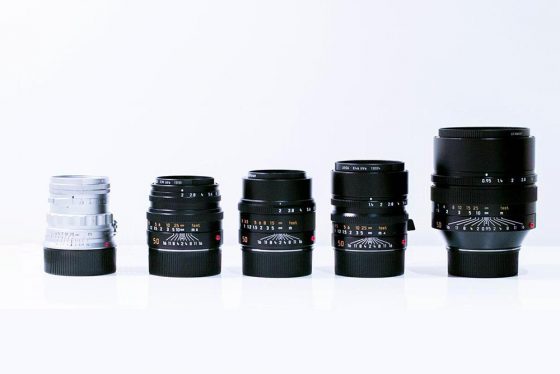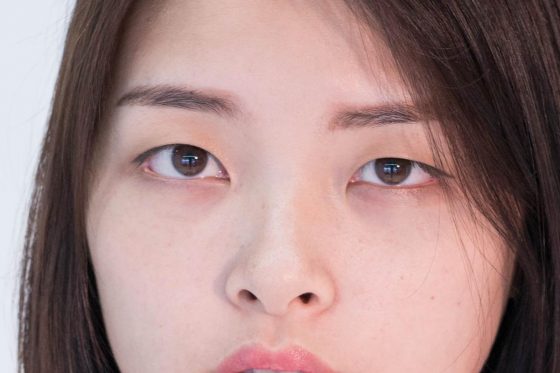
This article is by Horatio Tan (Website|Instagram|Facebook) Check out his other articles, also available on his website.
It has been two months since I started to publish my Leica reviews on my website. It was a big step for me, but I can only hope that my efforts can add to the rich Leica online community. I didn’t want to do what’s already been done. So I decided to go into another direction, and try to do things that haven’t been done yet – like crazy bokeh comparisons between fast Leica primes to awesome bokeh comparisons between fast Leica, Canon, and Nikon prime lenses.
Recently, I’ve been working on my lexicon of 20 Leica lenses, which I intend to put post as an online resource for reference. Basically, I’m shooting 20 Leica lenses across the aperture range on both a Leica M240 body and a Sony A7r MKII for the 42 megapixel resolution. Originally, my intent with using the Sony body was to have a baseline for lens comparison between Leica, Canon, and Nikon. However, I made an interesting discovery in the process of examining the larger resolution image files.
Immediately, I noticed that the latest versions 35mm Summicron ASPH II and the 28mm Elmarit ASPH II resolved details noticeably better at higher resolution. This was actually something that I’ve been speculating for a while, ever since my 3 generations of Leica 35mm Summicron comparsion, when I first started publish online.

Figure 1: 35mm Summicron ASPH version 1. Not much perceptible difference between this version and the other version, at this resolution or scale.

Figure 2: 35mm Summicron ASPH version 2. Not much perceptible difference between this version and the other version, at this resolution or scale.

Figure 3: 35mm Summicron ASPH version 1. In the enlargement, this version is less sharp. This is evident when you compare the eyelashes to the other version.

Figure 4: 35mm Summicron ASPH version 2. In the enlargement, this version is more sharp. This is evident when you compare the eyelashes to the other version.
In that review, I didn’t notice any significant difference in lens performance between the previous version and current version 35mm Summicron. To me, that didn’t make any sense, since I assumed that Leica must have had a reason to update the lens. I could only conclude that the new 35mm Summicron, along with the updated 28mm Elmarit and the 28mm Summicron were all designed for the future in mind.

Figure 5: 28mm Elmarit ASPH version 1. Not much perceptible difference between this version and the other version, at this resolution or scale.

Figure 6: 28mm Elmarit ASPH version 2. Not much perceptible difference between this version and the other version, at this resolution or scale.

Figure 7: 28mm Elmarit ASPH version 1. In the enlargement, this version is less sharp. This is evident when you compare the eyelashes to the other version.

Figure 8: 28mm Elmarit ASPH version 2. In the enlargement, this version is more sharp. This is evident when you compare the eyelashes to the other version.
What future – I could only speculate with the trends followed by the other camera manufacturers – namely –Sony, Canon, and Nikon – who have all released a high resolution camera body.

Figure 9: 50mm Summicron version V. Not much perceptible difference between this version and the other version, at this resolution or scale.

Figure 10: 50mm Summicron APO ASPH. Not much perceptible difference between this version and the other version, at this resolution or scale.

Figure 11: 50mm Summicron version V. In the enlargement, this version is less sharp. This is evident when you compare the eyelashes to the other version.

Figure 12: 50mm Summicron APO ASPH. In the enlargement, this version is more sharp. This is evident when you compare the eyelashes to the other version.
That was the only conclusion that made sense to me, since it would be illogical for Leica to design new higher resolving lenses for other camera makers, like Sony. And from a business perspective, it made sense, since it injects into the Leica product line a reason for Leica owners to update their lenses, plus the need for them to buy a new high resolution Leica camera body. The only question now is whether this speculated camera body is an M-Mount or an SL-Mount.
This is a Photokina year, so I can only speculate that Leica may make such an announcement then.
For larger sample images with greater detail comparing the previous version 35mm Summicron and current edition 35mm Summicron, please visit my site.
If you have an interesting idea for a guest post, you can contact me here.















